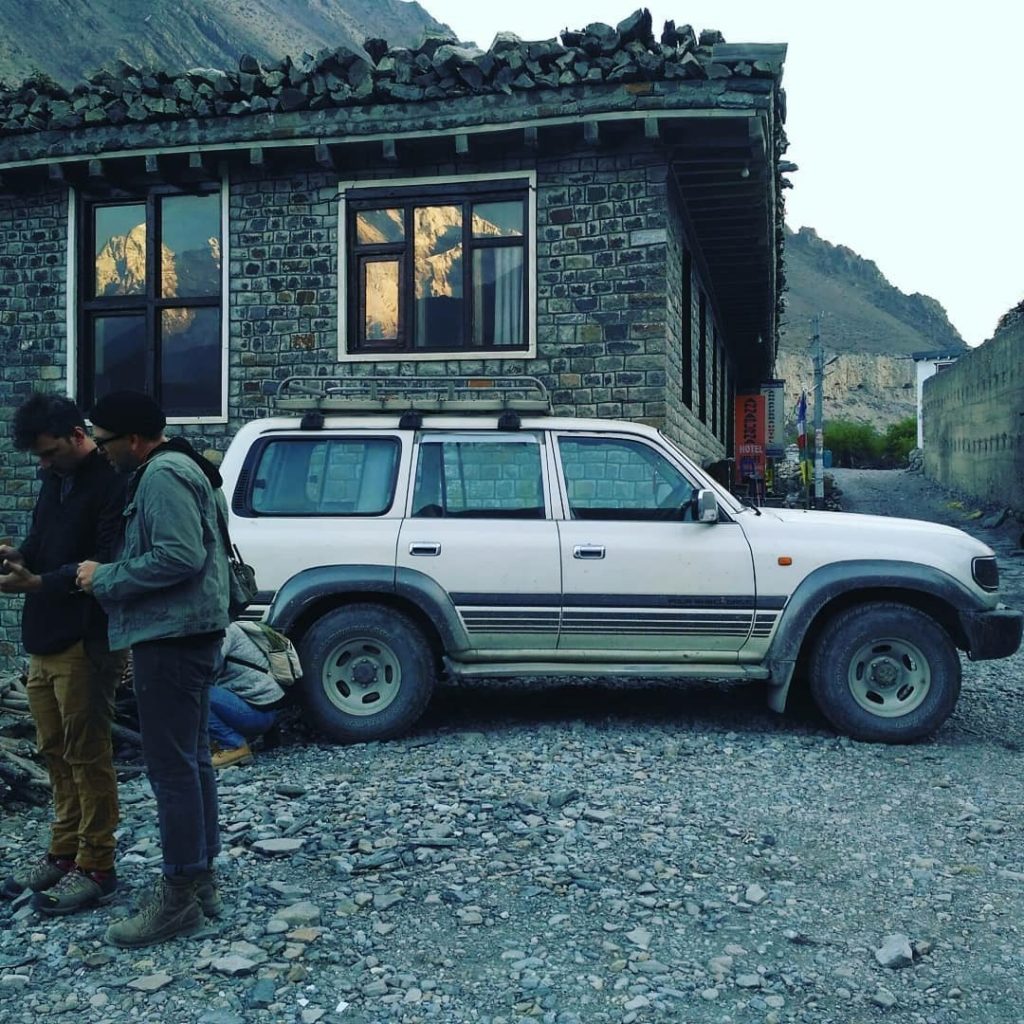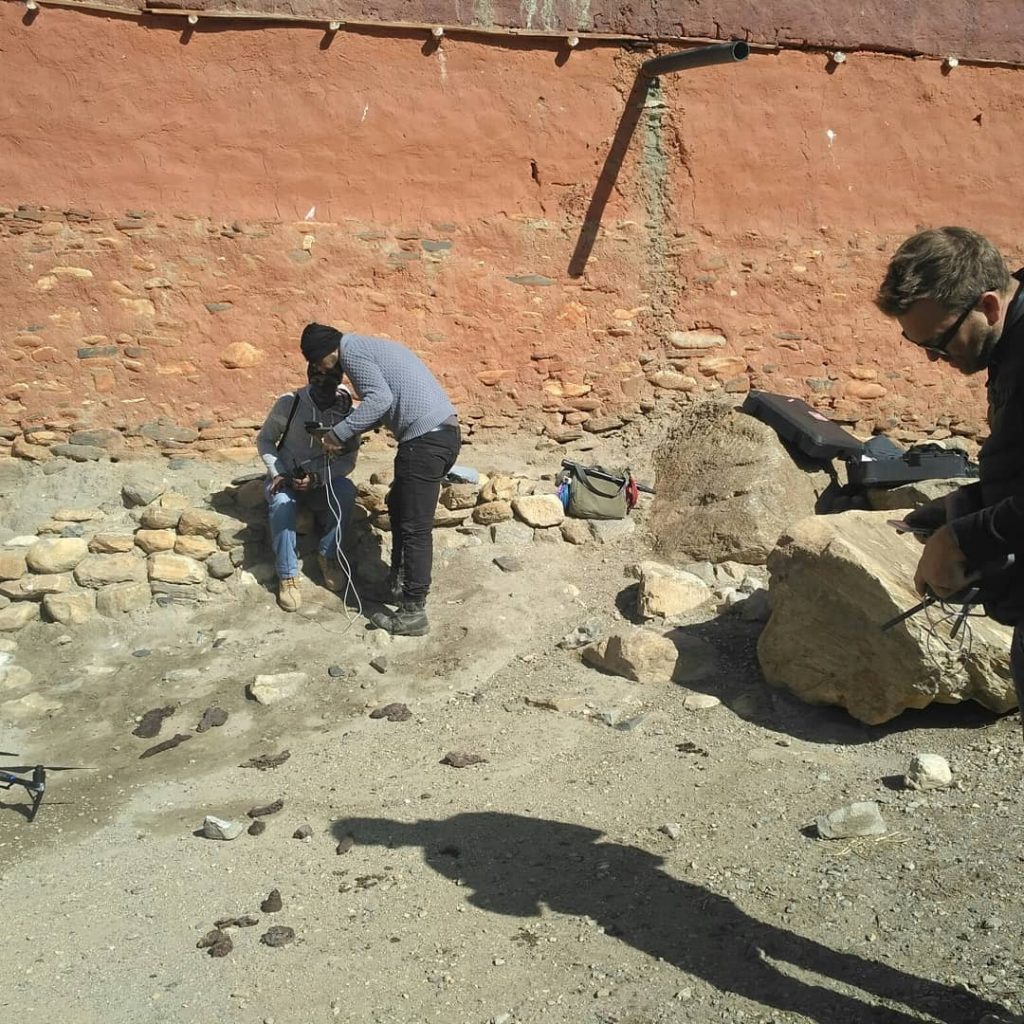Everything You Need To Know About Filming As Told By A Filmmaker
Filming in Nepal efficiently can be a hard nut to crack. There’s everything — all at once!
One minute you are enjoying the happy summer sun, sipping yummy tea somewhere, and the next thing you know you are running to save yourself from the rain. It’s a visual explosion of alluring Himalayas and enchanting greenery. It’s a chaotic pot of religions, languages, cultures, ideas, history and landscapes that contribute to the mind-boggling diversity in Nepal.
Perhaps, this is exactly what has been driving so many creative minds in Nepal over the years. It’s almost impossible to run out of ideas.
But with all this excitement comes with responsibility as well, before you begin to start your journey of filming in Nepal, you must allow plenty of time for yourself to fully prepare and plan. Making sure the film shoots comply with the current laws in force and not hinder the country or its people in any way.
That being said, Nepal still proves to be a worth-while filming journey to take and in order to experience this chaos you have to live it, tell your story through it! Therefore here is 101 on filming in Nepal that will make this journey all the while easier.
The permits for filming in Nepal
A filming permit is the first thing you have to get if you want to be able to film in Nepal. Government of Nepal – the Ministry of Information and Communications provides foreign film shooting permits in Nepal. The tedious paperwork and documents that Kathmandu Films can help you with. We help your crew to not just obtain film permits, but also give you advice on tax payment and customs clearance.
While Nepal Filming Permit is mandatory, there are further permits required to film in national parks, heritage areas, private property and public Places.
Suitable Travelling options
Choosing the right routes and the proper vehicles is essential in Nepal. The roads and the traffic are quite challenging so a well-experienced driver is very important. While most main roads are in proper conditions, the other roads may have potholes and confusing routes. Find a trusted driver and production house like Kathmandu Films that aids you in the logistics providing you proper vehicle options based on your needs.
Striking Locations
Nepal offers visually pleasing locations for you to film your projects. While the most popular places to shoot in nepal are Kathmandu, Pokhara, Mustang, Everest etc, many locations in Nepal that still remain undiscovered by the filming industry. To know more about these hidden gems it is best advised to contact an expert line producers that can give you more information about them.
Diverse Language and Tradition
For a rather small country, over 123 languages are spoken by the local people in country, diversity is rampant here. Cultures and traditions vary from one group of people to another as well. Even the people belonging to the same cast or the same religion observe social traditions differently. A local guide can help you understand this diversity better, translate the language and communicate ideas effectively. Moreover, if you are willing to shoot about or during certain festivals, it’s best to check in with your fixer before you make plans of your filming in Nepal.
Cash Over Cards
Using visa and master cards in Nepal is tricky, you should never rely fully on them to pay your bill. Sure the major cities like Kathmandu and Pokhara have cards systems installed in most places, but the efficiency of these places are questionable. Furthermore, when travelling outside of the valley you will rarely come across any ATMs. Therefore, always opt for cash over cards but be safe about it.
Seasonal Weather in Nepal
The weather conditions in Nepal varies every few kilometers and you’ll never truly know if it’s going to rain or the sun will be out. It’s best to always ask your local guide about the weather conditions in the locations you are planning to visit. Also, a country that enjoys all four seasons, you have to know your way around it; opting for weathers that provide better skin captures.
Precautions From Wild Animals
One of the best aspects of Nepal is its rich wildlife but while filming near them you have to take proper measures of safety. Leopards, snakes, foxes are a very common sight in Nepal when travelling to remote areas. Talk to your guide or fixer about the wildlife threats in your preferred location and stay vigilant and prepared. Also mosquitoes are pretty common during the summer so it’s advisable to take needed measures for your protection from these pesky insects as well.
Keep An Open mind
Nepal’s distinct cultural aspects could be shocking to many people who come down from other parts of the world. The best way to handle any such culture shock is to keep an open mind and be respectful of the practices even if you do not agree with them. This will ensure that both parties feel comfortable in each others company and the exchanges be it in the form of friendships or interviews happen smoothly.



